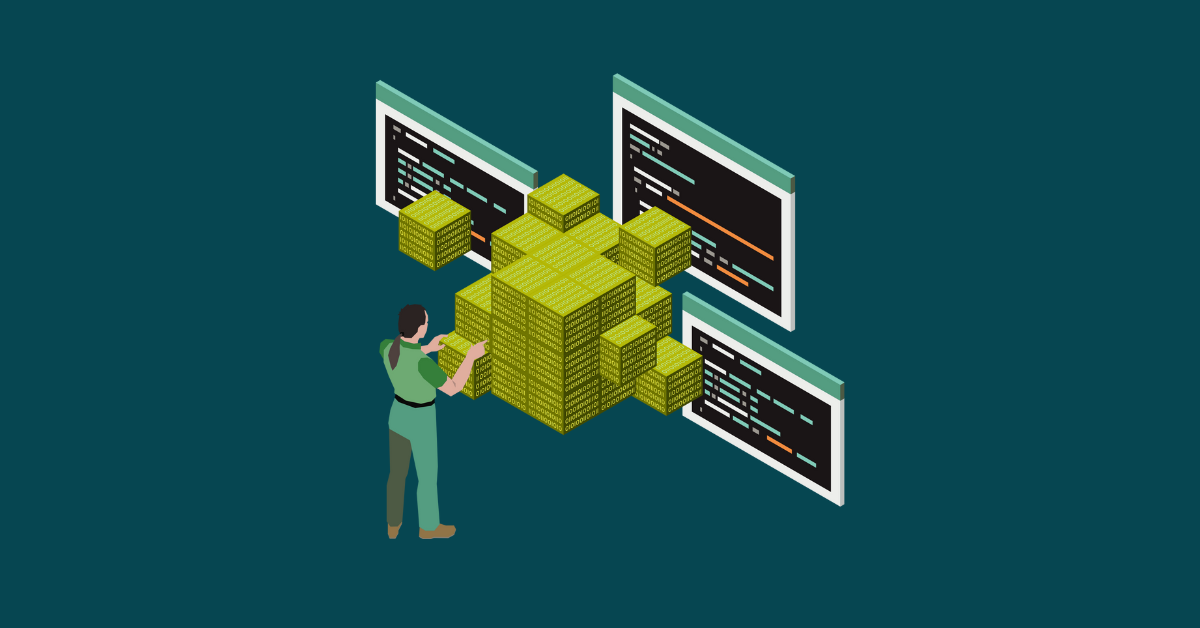

Cybersecurity is evolving faster than ever, and the cost of a security incident continues to grow with it. IBM’s “Cost of a Data Breach Report 2023” showed that the financial impact of the average cybersecurity intrusion has risen to 4.45 million USD — an increase of 15% over the last three years. The result is that 51% of executives plan to invest in their cybersecurity infrastructure. However, they’re still tasked with the challenge of allocating their resources where it will bolster their application security the most.
Enter ROI. Every executive is familiar with the simple “Net Benefit Divided by Total Cost” calculation, and they lean on it to decide which investments are worth pursuing and which ones aren’t worth the trouble. That means security professionals must speak the language of less technical execs, leaving the IT jargon behind and cutting straight to brass tacks. But how do you articulate the business benefits of your application security stack?
In this article, we’ll show you how to measure the benefits of your application security investments in terms that compel executives and stakeholders to invest. We’ll examine what not to do as you attempt to quantify your AppSec ROI, then give some metrics to look for instead. Then, we’ll show you how to discuss your AppSec ROI findings and how to turn an investment in security into a verifiable business advantage.
Security experts and executives come from two different worlds. One focuses on the technical components of designing and maintaining a successful product, and the other aims to make the company more profitable. The result is that security personnel often attempt to justify needed investments in terms that executives don’t find compelling since the business value is left unexplained.
Security experts often reach for hypothetical impacts or reputational loss to explain why their proposals are necessary, but these usually lack context and verifiability. Here’s how (and how not) to measure the value of your application security.
The most common tactic that security experts use to prove their systems’ ROI is to estimate the cost that the company didn’t pay by avoiding a data breach. While cost savings are fundamental to demonstrating ROI, quantifying the exact financial impact of a cybersecurity incident can be elusive. The IBM report estimates the average cost at 4.45M, but that number can vary widely depending on your business configuration. Some factors that can impact this figure are:
These parameters significantly variance IBM’s projections, so a more granular study of how a breach would impact your business is essential. Cost avoidance also assumes that a violation would have occurred without a security implementation and would have been stopped by adding it. Those assumptions and a vague cost avoidance analysis often leave executives and stakeholders unconvinced.
Reputational loss is a part of any business impact analysis, but the calculations often need to be revised. Some may quantify their potential losses by viewing what other businesses have endured. Still, such comparisons are highly speculative since there’s no guarantee that their experience will be the same.
Compliance violations are challenging to account for, as the circumstances prompting one company’s fine assessment may differ widely from yours. For example, according to the Healthcare Information Portability and Accountability Act (HIPAA), a company that suffered a breach regarding personal health information (PHI) may be fined anywhere from $100 to $50,000 per individual violation depending on its nature, so fine amounts for one company may vary drastically from another. Evaluating reputational and compliance assessments based on other companies’ findings is highly speculative and unlikely to motivate executives and stakeholders to invest.
Rather than presenting it in terms of factors that could have occurred, it’s better to measure application security ROI in terms that you can control. Think about how much your company spends on its existing people, technology, and processes, and demonstrate how investing in application security can reduce the costs of each while enhancing profitability. Some examples are:
By calculating their application security metrics according to their existing business processes, security experts can more quantifiably prove the value of their tools to executives, making them more likely to invest when needed improvements arise.
Once finding the right metrics to use, the next step is to articulate the value of their application security solutions in a way that resonates with executives. Some ways to do this are:
Using the right application security tools can be instrumental in presenting your ROI findings, as the right product should be complete with analytics features that can help you easily curate your conclusions. Kiuwan’s Static Application Security Testing (SAST) and Software Composition Analysis (SCA) help you identify vulnerabilities within your source code, and our intuitive dashboard enables you to discover your ROI savings to present them to stakeholders.
Developers and security experts may be inclined to present their tools’ value regarding technical functions, but executives rarely think in those terms. Their objective is to make the most profitable decision available, so technical personnel must be able to articulate why their stack adds quantifiable business value. Otherwise, even their most strategic security proposals may be ignored — leaving their systems vulnerable. Kiuwan’s application security software possesses leading-edge functionalities to identify and remediate any vulnerabilities within your source code. It offers an intuitive analytics platform that can display the added value to stakeholders. Our Static Application Security Testing (SAST) and Software Composition Analysis (SCA) solutions scan proprietary and open-source code and are designed to help your team eliminate vulnerabilities. The result is more secure code, greater developer productivity, fewer data breaches, and other benefits. Reach out today for a free demo.


